
THE XERCES SOCIETY FOR INVERTEBRATE CONSERVATION Aquatic Invertebrates in Pacific Northwest Freshwater Wetlands |
| Identify taxa |
Diptera |
 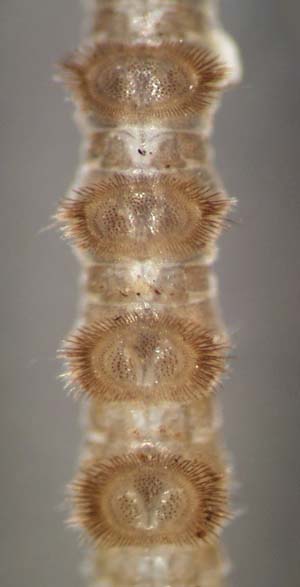 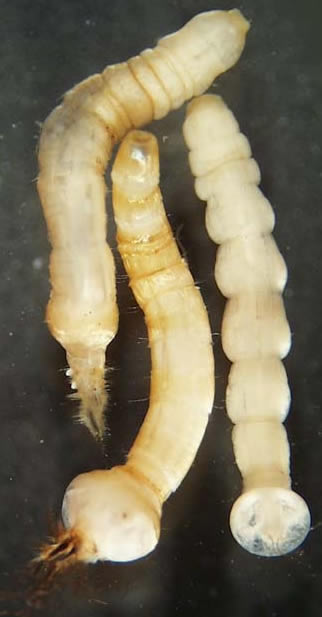   |
||
| Annelida (the segmented worms) Includes the leeches, aquatic earthworms, bristle worms and crayfish worms. Entire body, except for head and posterior tip, is divided into segments. Often chaetae protrude from segments. |
 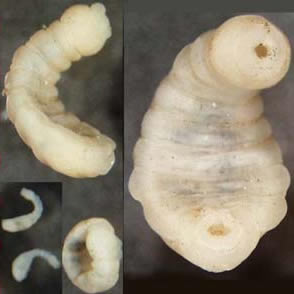 |
||
Turbellaria |
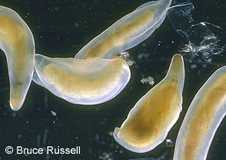 |
||
Nematoda Small, unsegmented, worm-like organisms with tough bodies; usually white and sometimes poking out of another macroinvertebrate that they have parasitized |
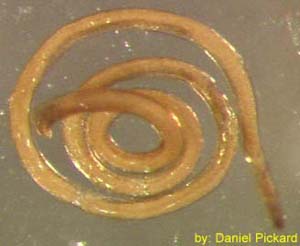 |
||
Nematomorpha Very long, tough, unsegmented, wiry worm-like animals; sometimes found tangled in writhing masses |
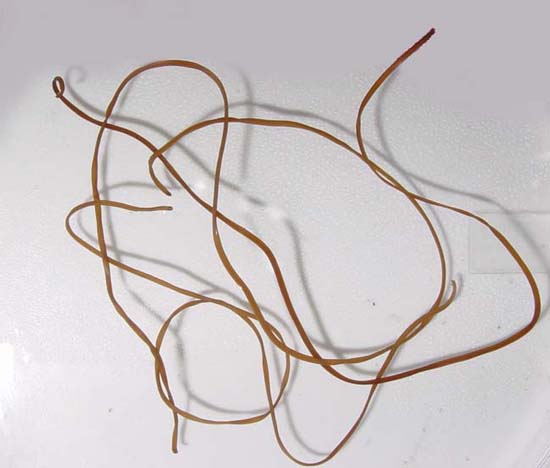  |
||
Nemertea Medium-sized, soft bodied, unsegmented worm similar to flatworms but with a pore at each end and an eversible proboscis (feeding tube) that may be extended from head |
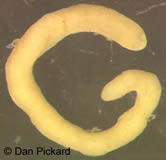 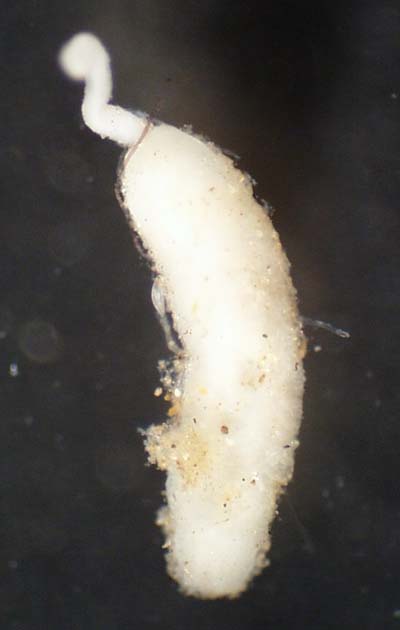 |
||
Cnidaria |
 |
||
Ectoprocta Floating colonies of tiny organisms; squishy, spongy or moss-like. |
 |
||
Resources |
© 2007 Xerces Society
Contact info@xerces.org